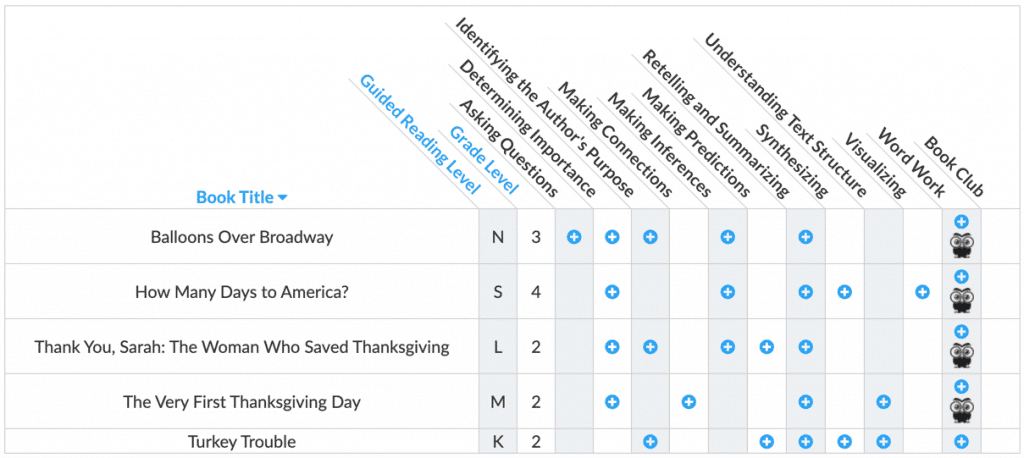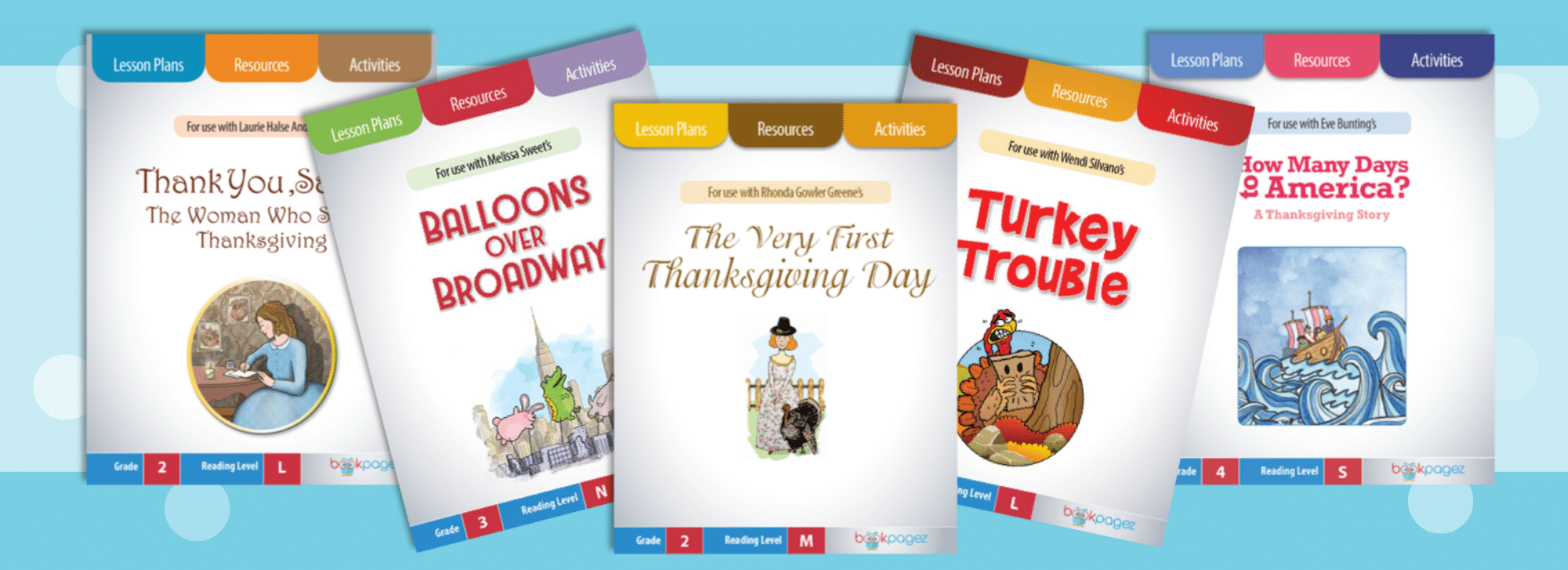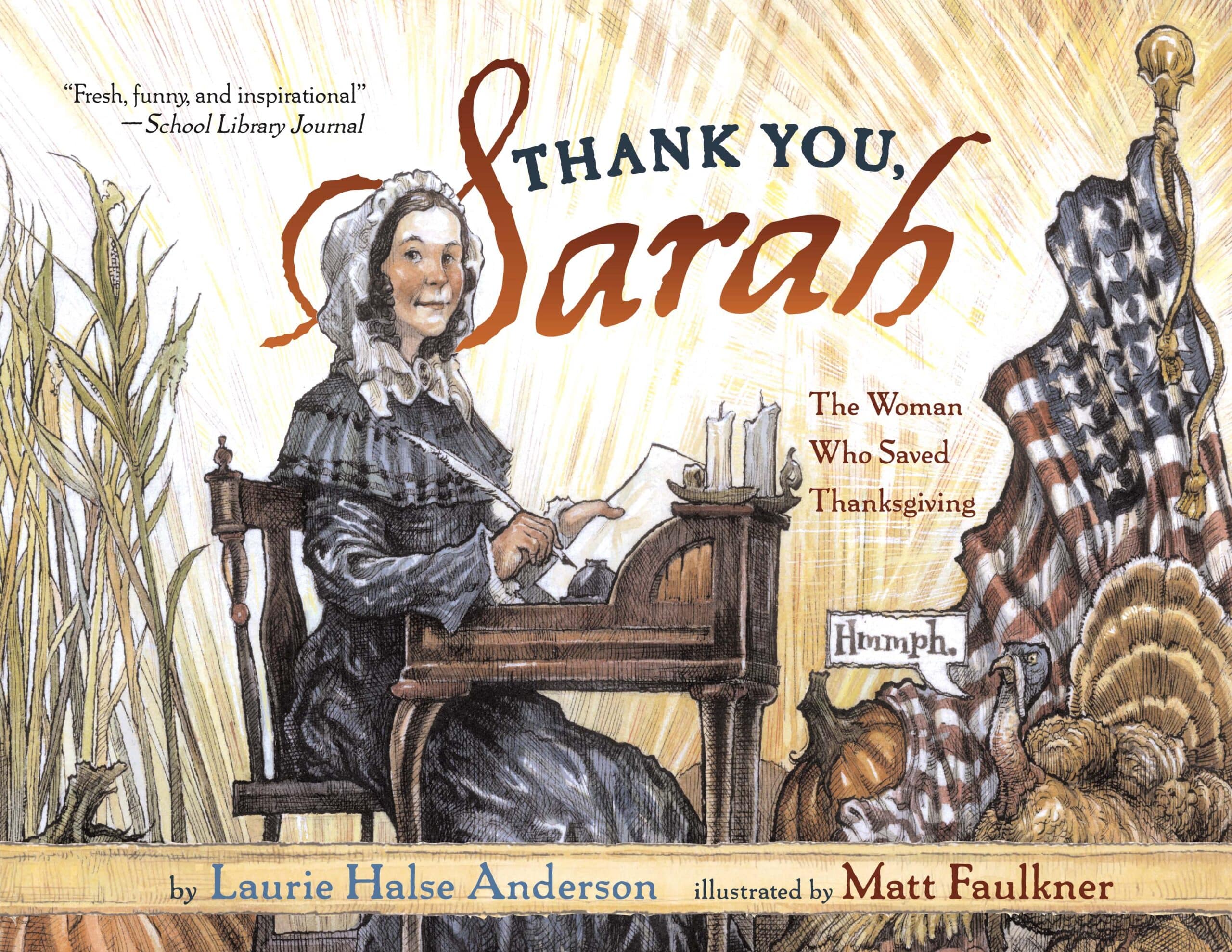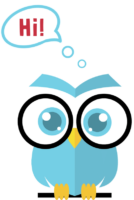Books and Activities to Explore the History and True Meaning of Thanksgiving
Help students discover the story of America, how Thanksgiving came to be, and why we celebrate with parades and pumpkin pie.
“The Pilgrims fled England and landed on Plymouth Rock. The native people there, the Wampanoag, taught them to farm the land. In 1621, they sat down together for a Thanksgiving feast, and we've been celebrating it ever since.”
But as you (hopefully) know, there are lots of problems with that story. It’s a blend of fact and fiction. So what can we do as teachers to give students a better understanding of what Thanksgiving was and why we celebrate it on the fourth Thursday in November?
One solution is to teach students about the true story, or the history of Thanksgiving.
Luckily there's a variety of picture books that provide a nice springboard for mini lessons focused on exploring the true story of Thanksgiving. BookPagez has resource sets to pair with books that tell the traditional story of Thanksgiving as well as books that tell about some of the people responsible for the Thanksgiving traditions we follow today.
Try these activities to help your students explore the history and the true meaning of Thanksgiving.
Day 1: Get On the Same Page
Book: The Very First Thanksgiving Day by Rhonda Gowler Greene
Supplies: chart paper, markers
Get started by building an anchor chart listing the things your students think of when they hear the word “Thanksgiving”. Then tell your students you are going to read a book that tells the traditional story of Thanksgiving. Read The Very First Thanksgiving Day aloud.
After you’ve finished reading reflect on the anchor chart. Work with students to circle all of the items on the chart that are part of the traditional Thanksgiving story. Explain that the circled items are part of our Thanksgiving traditions, which have been handed down from generation to generation. Tell students that tomorrow, you are going to read a book about modern-day pilgrims, which are people who are coming to America now, just as the first pilgrims did hundreds of years ago.
Note: If you would like to broaden your use of The Very First Thanksgiving Day, you can browse a variety of lesson plans and activities here.
Day 2: Connect America's First Pilgrims with Today's Pilgrims
Book: How Many Days to America? A Thanksgiving Story by Eve Bunting
Supplies: chart paper, markers, compare and contrast resource set (optional)
Optional Weblink: https://www.scholastic.com/scholastic_thanksgiving/webcast.htm
Begin by asking students to think about the pilgrims in the book The Very First Thanksgiving Day. Then ask your students to tell about the Pilgrim’s journey on the Mayflower. Discuss why America’s first pilgrims came to America (answer: freedom). Explain that there are many places in the world where people are not free. They are not free to go to school, they are not free to wear what they want, and they are not free to drive or speak other languages. Tell students that their job is to listen to the book and think about the ways in which modern-day pilgrims are similar to and different from America’s first pilgrims.
After reading the book either use one of the graphic organizers included in the BookPagez Compare and Contrast resource set or draw a Venn Diagram on chart paper to compare and contrast the experience of the Mayflower pilgrims to those described in How Many Days to America.
Optionally, if time permits, Scholastic has several virtual tours and videos of the Mayflower and Plimoth Plantation available on their website. Spend some time exploring the Mayflower and hearing from reenactors about their journey on the Mayflower and Pilgrim life. Use the information learned from your exploration to further compare and contrast Pilgrim experiences and what it means to have a day of Thanksgiving.
Note: If you would like to broaden your use of How Many Days to America? A Thanksgiving Story , you can browse a variety of lesson plans and activities here.
Day 3: Set the Story Straight
Book: Thank You, Sarah: The Woman Who Saved Thanksgiving by Laurie Halse Anderson
Supplies: chart paper, markers
Introduce your students to Sarah Hale, otherwise known as Thanksgiving’s superhero by reading Thank You, Sarah: The Woman Who Saved Thanksgiving. After reading the book talk with your students about why Thanksgiving was so important to Sarah (answer: Sarah wanted the country to celebrate all of the things we have to be thankful for). Then ask your students to turn and talk with a partner about the things we have to be thankful for. After students have had time to talk begin building an anchor chart listing all of the things your students are thankful for.
Invite students to continue adding to the chart paper each day until you break for the Thanksgiving holiday. The growing list will serve as a reminder to your students that we have a lot to be grateful for, which is why it’s important to have a day of Thanksgiving.
Note: If you would like to broaden your use of Thank You, Sarah: The Woman Who Saved Thanksgiving A Thanksgiving Story, you can browse a variety of lesson plans and activities here.
Day 4: Meet Tony Sarg
Book: Balloons Over Broadway by Melissa Sweet
Supplies: none
Optional Weblink: https://www.newsweek.com/macys-thanksgiving-parade-photos-1213890?page=6
Bring the history of the Macy’s Thanksgiving Day Parade to life for your students by sharing Balloons Over Broadway with your students. The book tells the story of Tony Sarg, an incredibly talented man who introduced helium balloons to the Macy’s Parade.
Explain to your students that Macy’s is a big department store that has been around for a very long time (October 28, 1858). In 1924 a lot of the people working at Macy’s were immigrants, so Macy’s wanted to put on a parade for their employees to help them celebrate America’s biggest holiday - Thanksgiving.
Tell students that their job is to listen to the book and think about the reasons why America loves the Macy’s Thanksgiving Day Parade. After reading the book talk with your students about why the parade has become a tradition and why people love the parade.
Optionally, Newsweek has a slide show and a short video showing what the Macy’s Thanksgiving Day Parade has looked like through the years. Share the slides and video with your students to supplement the book.
Last, to illustrate whether or not the tradition of the Thanksgiving Day parade is important to your students, you can ask the students in your class to stand up if they plan to watch or attend a parade. It will be interesting to see whether or not the tradition persists in the age of streaming vs. live network television.
Note: If you would like to broaden your use of Balloons Over Broadway, you can browse a variety of lesson plans and activities here.
Day 5: Save a Turkey
Book: Turkey Trouble by Wendi Silvano
Supplies: turkey printable, pencils, crayons, markers, Turkey Trouble extension activity (optional)
Treat your students to Wendi Silvano’s laugh-out-loud story about a turkey in trouble. After reading the book challenge your students to come up with a clever disguise for Turkey.
Either use the extension activity included in the Turkey Trouble resource set or provide your students with a copy of a Turkey. Invite your students to share their disguises then have the class vote on which disguise is most likely to keep Turkey out of trouble.
Note: If you would like to broaden your use of Turkey Trouble, you can browse a variety of lesson plans and activities here.
Keep Reading
Theme your comprehension strategy instruction to focus on reading books related to Thanksgiving. BookPagez has dozens of comprehension strategy mini lessons and activities that make it easy to celebrate the season and meet your instructional goals. Here’s an overview of the mini lessons and activities available for Thanksgiving books.














